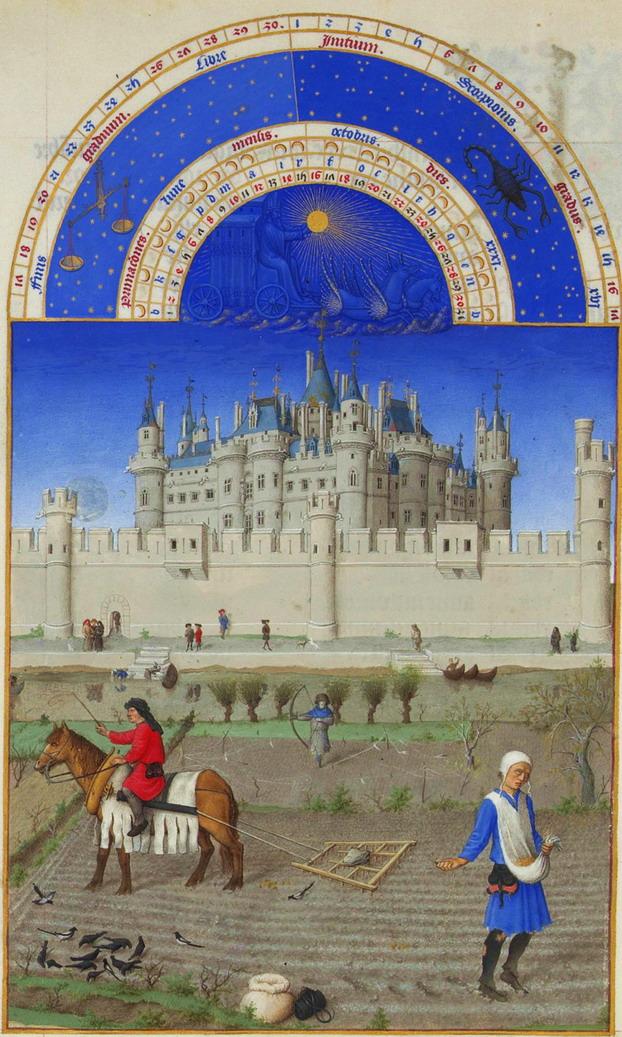"The great theme of the nineteenth century was history. The accumulation of material that demonstrated the contingently renegotiated meaning of the past was one of the elements that constituted the emergence of museums as public places. Napoleon used the rewritten script of the King's Palace of the Louvre to show and celebrate the Republican government and to constitute the potentially dangerous masses as citizens of that Republic. Through the bringing together and displaying of material things which had been violently taken away from their previous religious, aristocratic, royal and enemy owners [and colonial subjects] a space was constituted where new values of liberty, freedom, fraternity and equality among citizens of the State could be both produced and reproduced. In becoming a visitor to the Musee du Louvre, the subject willingly and enthusiastically embraced a new ensemble of social, cultural, political and economic values. The reorganised newly disciplined spaces of the old haphazard royal palace acted as one of the new technologies of power, control and supervision of both subjects and material things. In the assembling, ordering, classifying, placing, cataloguing, labelling, conserving and displaying of thousands of paintings, sculptures, clocks, tapestries, mirrors, jewels, coins, books, live animals and plant specimens new curatorial practices and values began to emerge in the Musee du Louvre, the Jardin des Plantes and other related institutions. [5] New separations were made between types of material thing. Natural things had their own spaces where before they had often been part of a general collection. Separations were made between the works of living and dead artists where previously the size, shape and content of a painting had been the factors that determined the classifying code. The 'authentic' and the 'fake' became new categories, where previously a complete series had been more important. New subject positions emerged.[6]"
(Eilean Hooper–Greenhill)
[5] P. Wescher, 'Vivant Denon and the Musee Napoleon' Apollo v.80, pp.183, 1964; E. P. Alexander, Museum Masters: their museums and their influences American Association for State and Local History, 1983, p.93–4.
[6] Alexander, 1983, p.95 and C. Gould, Trophy of Conquest: The Musée Napoléon and the Creation of the Louvre Faber and Faber, 1965, p.20, both discuss the emergence of picture conservation as a discreet and specialist activity; K. Hudson, Museums of Influence Cambridge University Press, 1987, pp. 6, and 41, mentions dealers and art historians; and Wescher, 1964, p.183 discusses the specialist staff recruited for the new museum.

